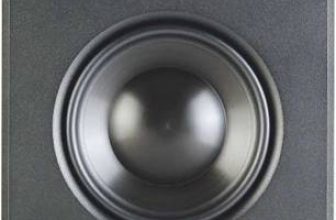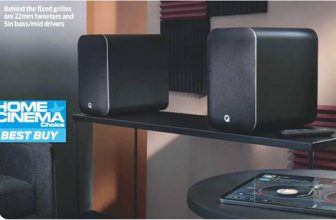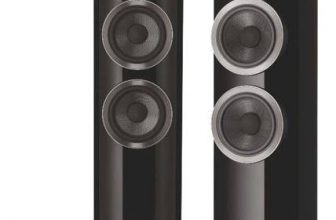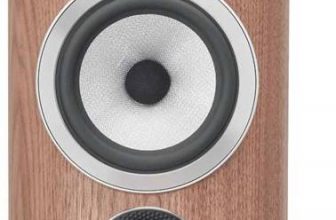Bowers and Wilkins 603 S3 Review
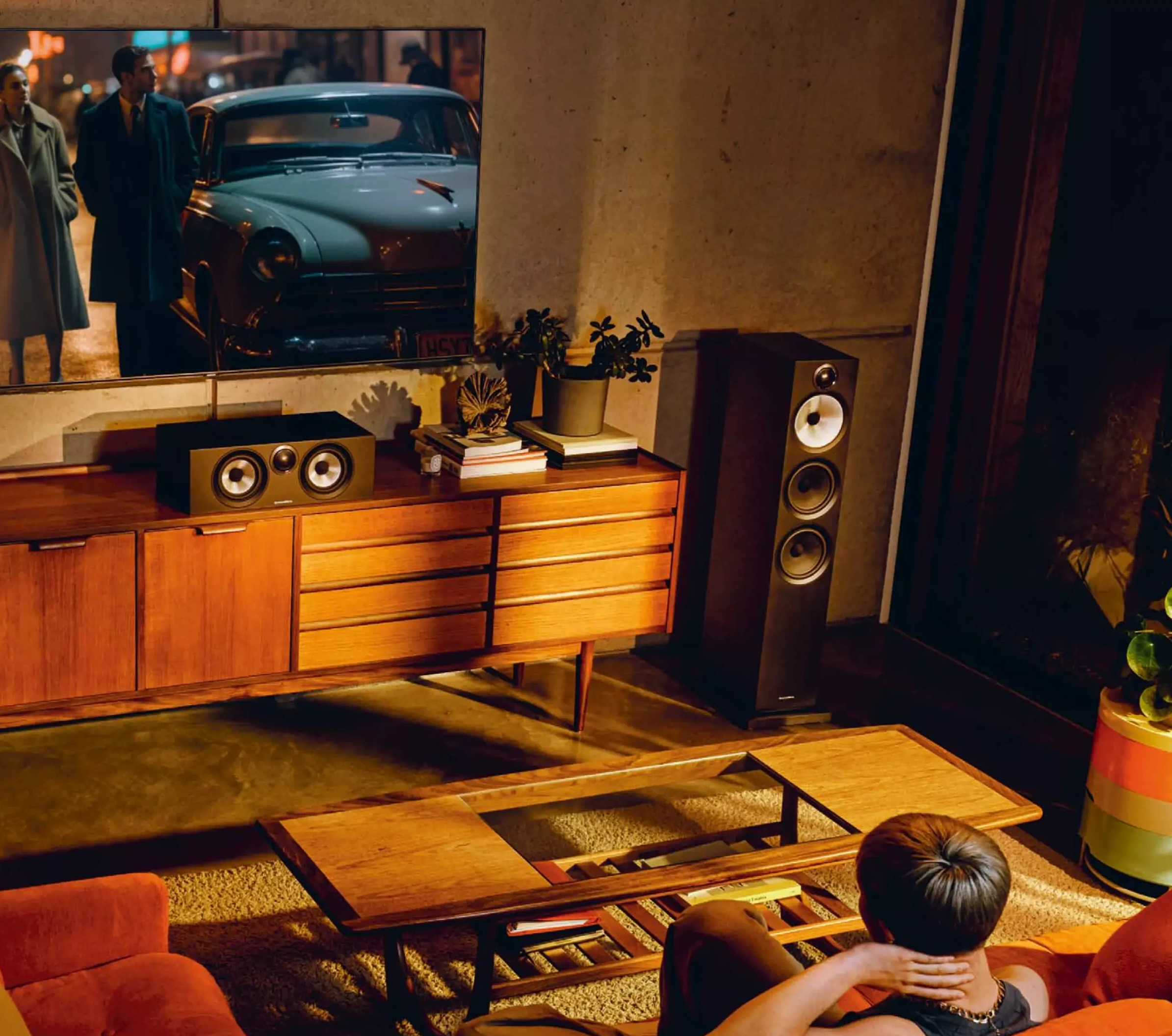
After we still listened to the very noble B&W speakers, things are financially more modest this time. The new 603 S3 of the 600 Series nevertheless— or precisely because of this—knows how to captivate.
by Alexander Rose-Fehling

Two bookshelf speakers, one center speaker, and one floorstander make up the latest incarnation of the 600 Series, which has traditionally been very successful at B&W. Not without reason, as you always got a fair portion of what distinguishes B&W’s sound for manageable money: outstanding resolution, liveliness, and a good dose of musicality, to come straight to the point. Let’s see if the 603 S3 can meet the high expectations of our editorial team.
The Genes of the Big Ones
It’s always the same story. Over the years, the costly developments from more expensive speaker lines gradually make their way into the more affordable models. That has always been the case at B&W, and it’s true here as well. The extent of this technology transfer is surprising and, interestingly, isn’t being widely advertised on the homepage.
It starts on the back, an area that probably receives little attention. Where the bass reflex port and cable terminal used to be in one component, the connections and port are now separated to reduce even unlikely influences on the cable. Consider that in the accessories world, one increasingly finds cable lifters—small stands that keep speaker cables off the floor. Some say it’s to reduce microphonic effects; others say it’s about avoiding contact with grounded (concrete) floors. Whichever the case, connections and port now go their own ways.
Drivers
The tweeters are new in the 600 Series. They’re now made of titanium and feature a reinforcing ring on the back, increasing load capacity without increasing weight (and thus preserving resolution). But that’s not all: the grille pattern (still permanently installed) is new to the series, adapted from the Signature models. Of course, measurements confirmed it’s more acoustically transparent, but multiple patterns were also tested by ear, and the best-sounding one was chosen. There are reasons why the 603 S3 is about $330 more expensive now…
The Nautilus-inspired approach remains, placing a small tube behind the tweeter so the backward-radiated sound is “killed.” However, instead of plastic, the tube is now made from low-resonance aluminum. In addition, the tweeter is closer to the midrange driver—you can see how the tweeter’s front ring extends into the ring around the midrange driver. This design helps uniform dispersion and makes placement easier. Some manufacturers also say it brings you closer to the ideal of a point source by bringing drivers nearer together.
Midrange and Bass
The midrange and woofers—no less crucial to the sound—also changed in an important way. The cone materials remain the same: Continuum for the midrange and a paper-fiber mix for the bass. But the drivers’ motor units in the new 600 Series come from the 700 Series. Naturally, at this price, the elaborate, spring-mounted midrange system of the 700 Series isn’t possible, but the motors are higher quality and more powerful, including in the bass. While doing so, they also stiffened the front baffle. Another detail not listed on the homepage—maybe because it’s typical for this price range: the cabinet is internally braced. Still, the cabinet itself is the only clue to the 603’s price: instead of real wood veneer, there’s a foil wrap, though it’s done neatly overall. Visually, it’s exactly what many want: a simple column that anyone would instantly recognize as a speaker. Available in black, white, and white/oak.
A quick note on the crossover before we get to the listening test: the developers again relied on minimalism—only as much as needed—yet they didn’t compromise on the capacitors, using the more expensive ones from the 700 Series in the 600 as well. These had been selected for the 700 Series after thorough measurements and final ear testing, which is possible in a top-quality monitoring space.
Listening Test
So there it is in the listening room. Its dual woofers per side work up to 350 Hz, so they also cover part of the vocal range. From 2.5 kHz up, the titanium tweeter takes over; between them is the sickenlose (surround-less) midrange driver. That suggests a mature, bass-rich sound with excellent vocal reproduction. Switching from the Quad Revela 2 (twice the price) to the affordable Brit was, interestingly, not too painful. A direct comparison is tricky, though, due to very different voicings. What you immediately notice is that with the B&W, a lot more mid/high detail reaches your ears. The sound is brighter, more open overall. Some love this typical B&W tonality; others may not. In the bass, the Bowers also excels. It delivers leaner lows with pleasant definition, and the overall tuning means you can place it in a normal living room. Regarding speech intelligibility, the 603 S3 reminded us of the fine entry-level PMC Prodigys (tested in 10 + 11/23). The 603 also loves vocals, especially when it comes to separating vowels—seemingly trivial but not always guaranteed. It never overemphasizes sibilants. In Tony Lionni’s “Found A Place,” it sounded punchy and lively with precise transients, an appealing energy that drew me in, even though I’m not usually into house music.
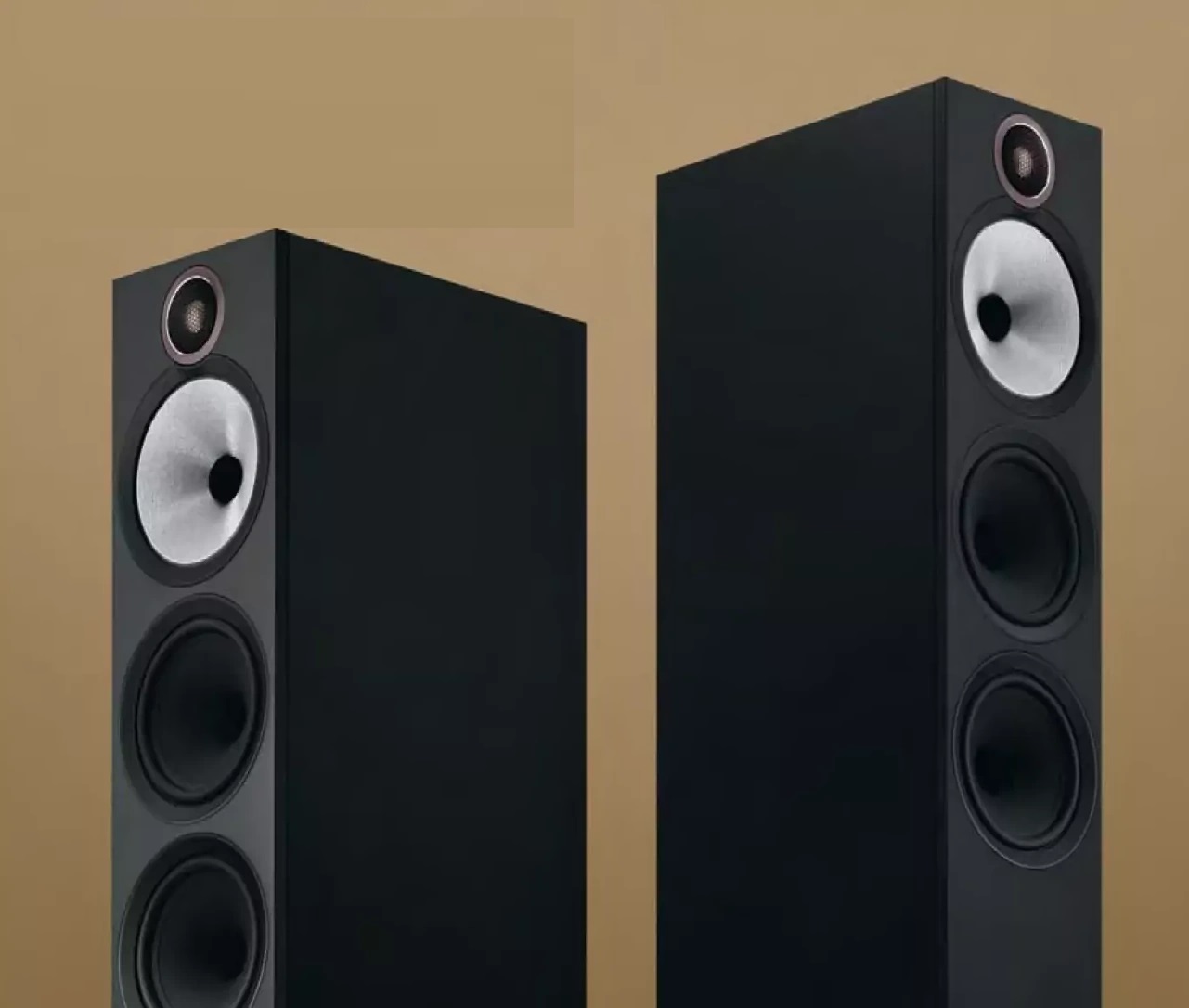
In “Red Rabbits” by the Shins, the two 603s created an enveloping soundscape, again with impressive dynamics and a tall soundstage that enhanced the immersive feel of the piece. On McCoy Tyner’s “Ebony Queen” (“Sahara,” MFSL SACD), the 603 S3 let rapid piano lines sparkle while remaining transparent and well-sorted in the sometimes turbulent interplay of piano, drums, and double bass. This means it’s not a magic fix for poor recordings but rather an agile, spirited speaker that clearly reflects the experience of its developers.
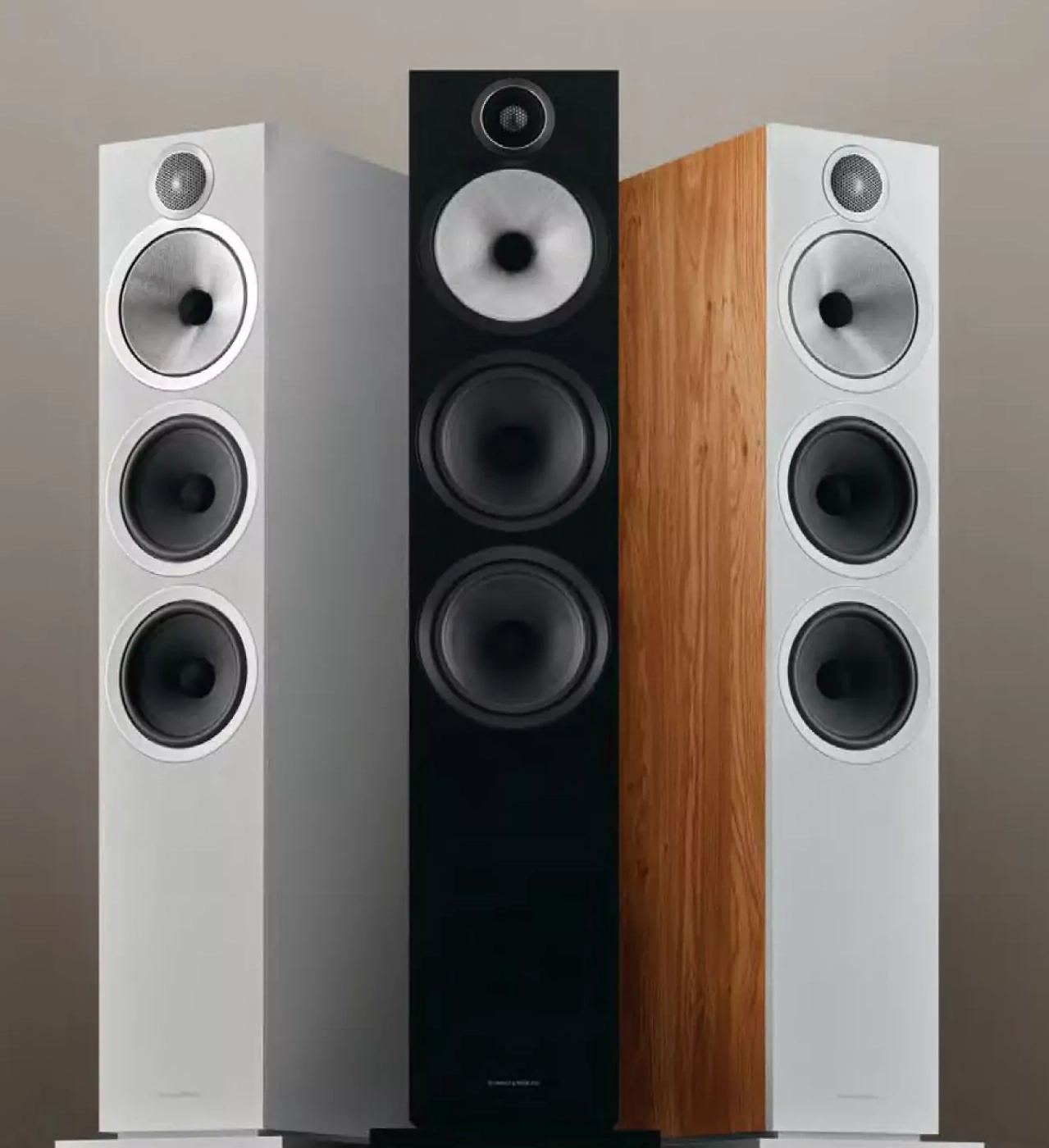
Bowers and Wilkins 603 S3 Measured Performance
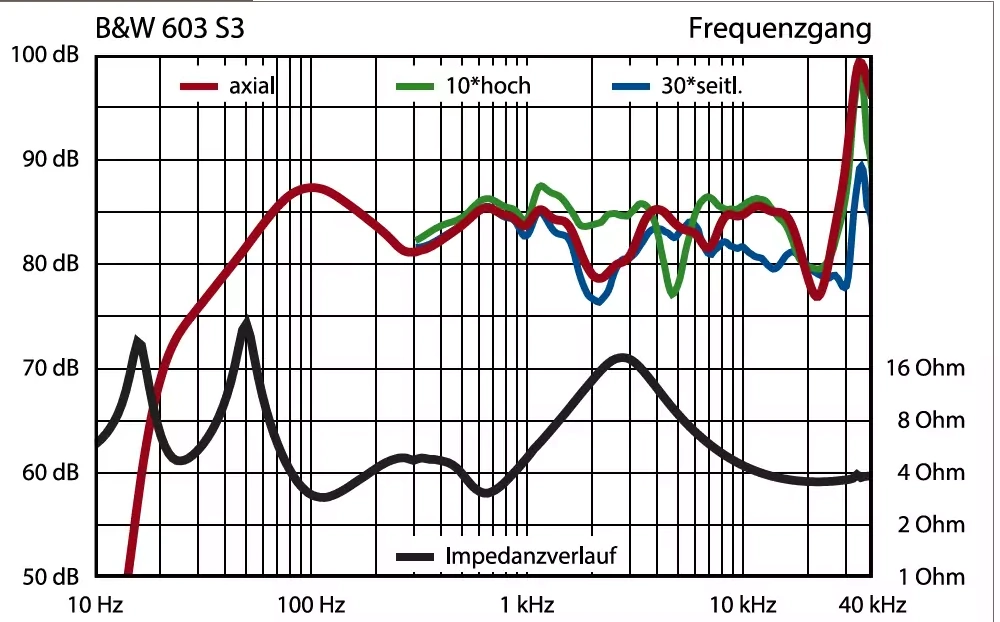
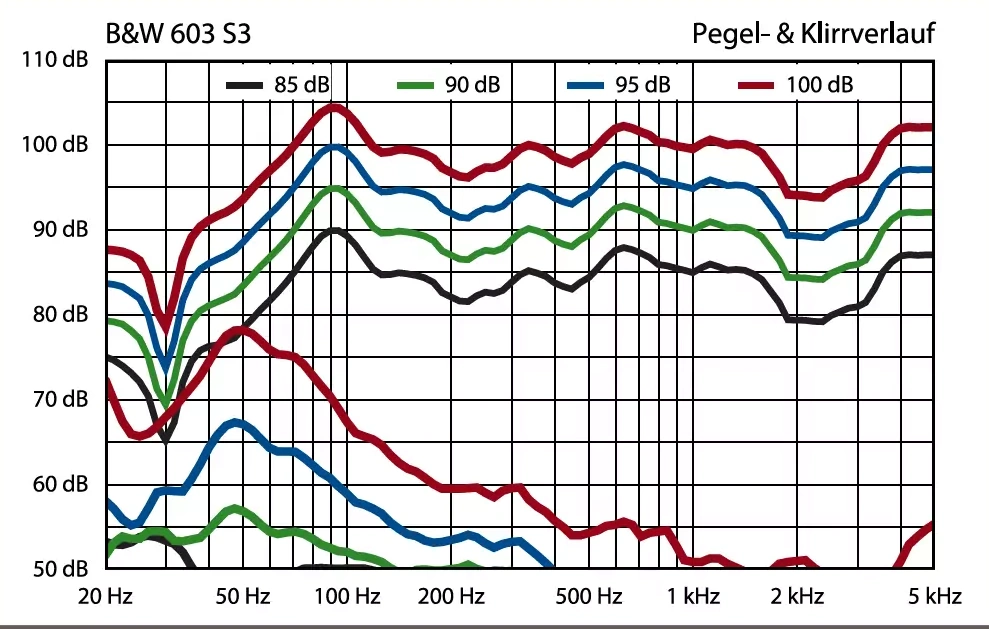
Three-way bass-reflex floorstander with crossover frequencies at 360 Hz and 2.5 kHz. On the left: low distortion, only slightly raised in the bass (lower curves), with a maximum SPL of 104 dB. On the right: a tonally balanced frequency response, slightly reserved in the lower mids, with small dips depending on listening height. On-axis dip between 2 and 3 kHz, and a narrow dip at 4.5 kHz (green). Consistent lateral dispersion (blue). The lower cut-off frequencies (−3/−6 dB) are around 46/35 Hz. There is slightly delayed decay up to about 1 kHz, but it’s clean above (not shown).
Minimum impedance: 2.9 Ω at 116 Hz, requiring a current-stable amplifier. Power requirement (100 dB/Max): 45/120 W (4 Ω). AUDIO rating 6.5/10
Technical Data
Bowers & Wilkins 603 S3
- Website
bowerswilkins.com - List Price
€2,300 - Warranty Period
2 years - Dimensions (W × H × D)
19/26 × 102 × 37/40 cm (approx.) - Weight
27 kg - Veneer / Foil / Lacquer
– / • / • - Available Colors
Black, White, White/Oak - Principle
3-way bass reflex - Room Adaptation
– - Special Features
Bi-wiring terminal
Pros / Cons
- Pros
- Lively, present sound
- Pleasantly informative
- Very fair price
- Three versions available
- Cons
- Build quality not top-tier
Rating (Scoring)
- Neutrality (×2): 158
- Detail Accuracy (×2): 158
- Imaging/Localization: 158
- Spatial Impression: 158
- Microdynamics: 167
- Max SPL: 158
- Bass Quality: 142
- Bass Depth: 150
- Build Quality: Good
Audio Benchmark
- Overall Assessment: 157 points
- Price/Performance: Outstanding
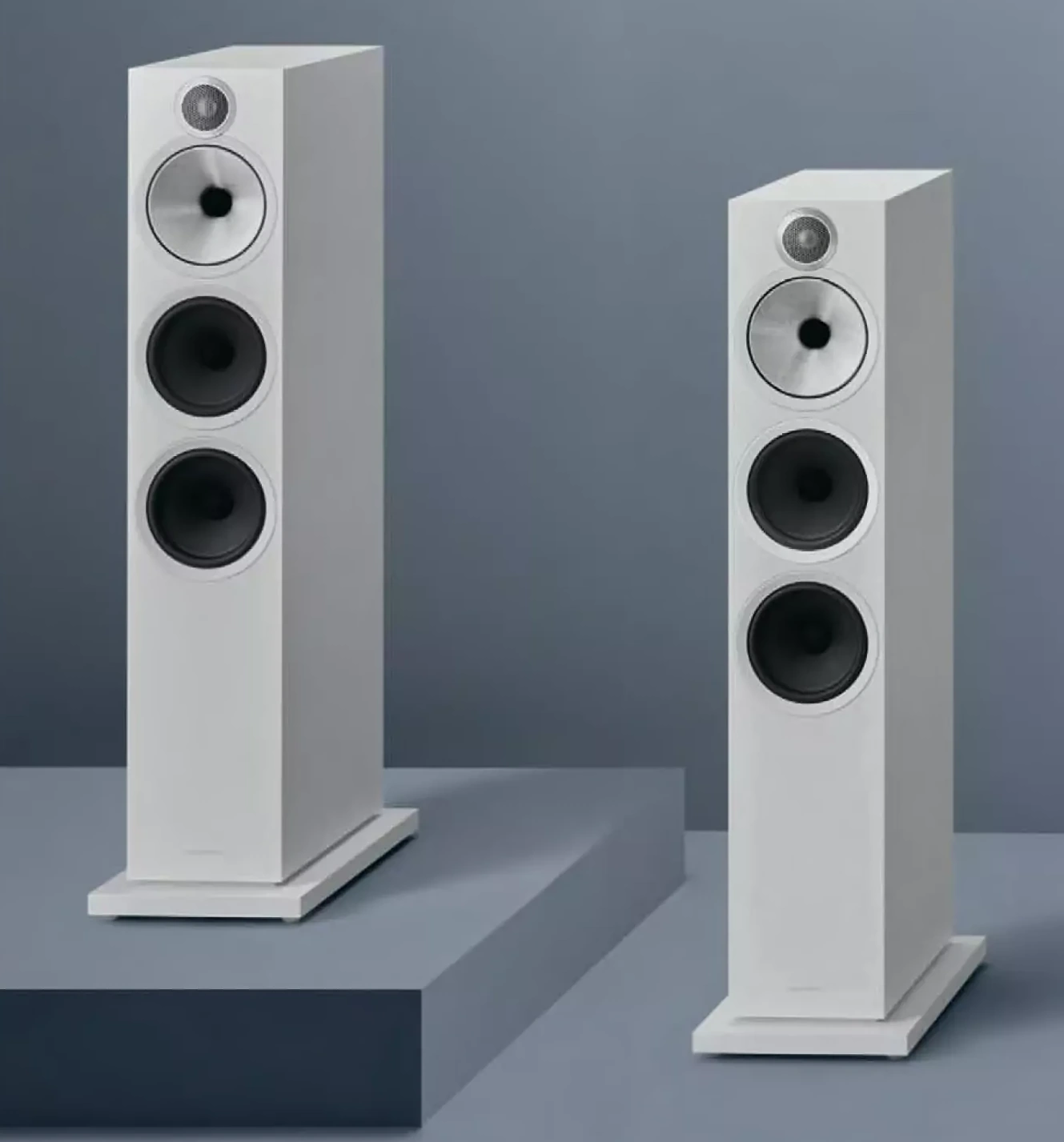
CONCLUSION:
Some speakers defy their price tags. The Bowers & Wilkins 603 S3 is one of them. It easily competes in a higher league, offers a living-room-friendly tuning, and reproduces music in a rousing, emotional, yet very precise way. Its sound is classically B&W—some love that direct, detailed presentation, others less so. If it matches your taste, though, there’s no other speaker quite like it. Its vocal reproduction is delightfully airy. If you’re looking for a floorstanding speaker, visit a dealer and lend it your ears—both of them, ideally.

